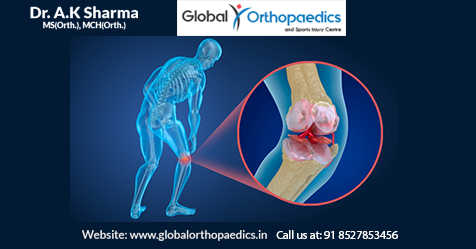As we age, one of the first things many of us start to complain about is those “aches and pains.”Reaching for that box on the top shelf might just cause us to strain something. And, many of us will develop osteoarthritis. Not to be confused with rheumatoid arthritis, which is an autoimmune disease, osteoarthritis is the wear and tear that happens when your joint cartilage wears away from overuse, obesity or just plain aging. Your joints become achy and stiff. It may take a bit of time to stand perfectly straight in the morning. Bending over, climbing stairs, or grabbing things may be difficult and painful.
And squatting, well… that may be downright impossible! But squatting may be one way to keep our joints healthy…
Movement lubricates our joints- Every joint in your body has synovial fluid. It’s the oil that keeps our cartilage lubricated. It also nourishes the cartilage on each end of the bone. Movement and compression are the two things required to produce this fluid. So, when you don’t bend a joint, your body thinks you don’t need to produce as much fluid. Nowadays, we seldom put our hips and knees through their full range of motion, never bending them past 90 degrees. So your body gets the wrong message: make less synovial fluid. Consequently, your joints become less lubricated… stiff… arthritic.
But if your knees and hips just can’t handle it, what else can you do to ensure your joints stay lubricated and flexible?
If your joints are already arthritic, you can receive injections to help with lubrication. Down the road, you’re looking at a joint replacement.
Or … you can eat more oranges!
Vitamin C: A natural lubricant- Although it may be best known as an antidote for the common cold, ascorbic acid, or vitamin C, helps your body produce collagen, the protein found in all connective tissue. In fact, one of the first signs of a vitamin C deficiency is a chronic pain in the limbs and joints, as less collagen is produced, and elasticity decreases. Research has shown the connection between vitamin C and joint health. A 2011 study at the University of South Florida reported that people who took vitamin C supplements were 11% less likely to develop osteoarthritis than those who took no supplements. And a recent study that looked at nearly 5,000 individuals found that insufficient vitamin C was related to back and neck pain, and to self-reported cases of rheumatism and limited mobility due to joint pain.
What to eat- Vitamin C-rich foods are abundant and varied. Citrus fruits, of course, are high on the list. But you’ll also want to consider:
- Strawberries
- Kiwi
- Pineapple
- Cantaloupe
- Bell peppers
- Broccoli
- Brussels sprouts
- Acerola cherries
- Tomatoes



